Toronto Design Week 2010
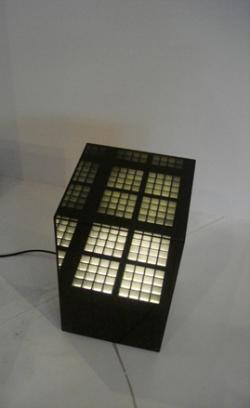
Toronto’s annual Interior Design Show, took place last week in a new location - the city’s centrally located Metro Convention Centre, directly in the shadow of the CN tower.
Another change this year saw the trade show form the back bone of the city’s first all-singing design week, the Toronto International Design Festival. Well, when we say all-singing, Toronto is no Milan, Paris or Cologne when it comes to volume of new design, and satellite shows were limited in number and relatively insular – Toronto has a small pool of established product designers who crop up everywhere an event is raised in the name of design. But there is also a sizeable pool of interesting creator-makers, artists and a respectable number of creatives in the making.
What it may lack in quantity is certainly made up for in passion and ambition. The week’s events included design-specific exhibitions at Ontario’s cultural seats – the highlight being the excellent show, Cut/Paste at the Royal Ontario Museum curated by local creative agency Motherbrand, which explored the long-standing culture of reuse in Canadian design.
Though recycling in design is undoubtedly a global preoccupation, exhibits showed arresting examples of it throughout history - alongside great contemporary pieces were the Ruspan Lounge Chair by Russel Spanner designed in the 1950s to be made with the materials and technology used to create the dwindling-in-demand wooden battery boxes at his family’s factory, and the iconic K42 kettle designed by Fred Moffat for Canadian General Electric in 1945, whose body is made from the headlamp of a McLaughlin Buick. The form of the K42 became industry standard, and the kettle was produced for 30 years.
In a symposium on ‘A World without Oil’ hosted by Jesse Ashlock, former Editor-in-Chief of I.D. magazine, the world of architecture and design kindly took on saving the world, searching for design-led answers to dwindling energy resources.
Speakers included the mighty local Bruce Mau - ‘let’s get angst and guilt out of the equation and design beautiful and intelligent responses to our world’s needs just because we can’; Mirko Zardini, director of Montreal’s Canadian Centre for Architecture who examined the responses to the oil crisis in the 1970s, and exposed the subculture of architects and designers forging futuristic solutions then which we now consider our own; Fritz Haeg from LA, who is on a one man mission to dig up America’s Stepford front lawns and reintroduce wild, indigenous and edible horticulture to the city; Tord Boontje and Enrico Bressan of Artecnica who spoke of the small ways in which their mission to make local global and global local can help the situation; and Sheila Kennedy of Boston based architecture practice KVA who revealed results of their energy-saving explorations, including ground-breaking energy-harvesting curtains.
Appropriately, ‘salvaged objects and responsibly harvested materials’, the mantra of established local design duo Brothers Dressler, might have been applied to most of the current crop of Canadian design. Reuse, wood and Canadiana were dominant themes everywhere.
Wallpaper* Newsletter
Receive our daily digest of inspiration, escapism and design stories from around the world direct to your inbox.
At the Radiant Dark Assets and Values exhibition curated by local institution Made (a gallery that supports and retails new Canadian design), there was a standard lamp from Brent Cordner of Luflic made from newsprint; cushions covered in textiles featuring pines and grizzlies from Kerry Croghan (reflecting Canada’s great outdoors, and seemingly the prints from the linings of 1970s sleeping bags); and posh poutine forks from Anneke Van Bommel, forged from gold, presumably for feeding on the current trend for poshed-up poutine (Quebec’s chips, curd and gravy comfort dish).
At the ROM, the popular local design mavericks Castor exhibited their latest piece, a cluster of pendant lights made from fire extinguishers that have been sliced and sprayed and successfully defy the shabby quality of much recycled design; while Brothers Dressler, the gang-leaders put their own stamp on hunted and gathered old school chairs (adding wooden supports), for their showing at the IDS, and used recycled bottles to create a chandelier at Radiant Dark.
A small group bucked the trend for recycling and wood-based design at Heavy Metal, an exhibition of objects celebrating the ‘inherent honesty, quality and longevity’ of cast iron and exploring various techniques from sand-blasting and foam-casting. Works by Jonathan Sabine of Mat Cult, Brent Cordner, Rob Southcott, Derek McLeod and Dieter Janssen stood out.
At the IDS show, the Studio North area nurtured, as always, the new local design: highlights came from Tahir Mahmood - who injected colour with his Sotsassian pestle and mortars, made with ancient lathe-turning techniques from his native Pakistan; to Science and Sons - who showed their patriotic maplewood Radio Canada; and Kevin Karst with his Orchid stacking stool.
In an annual event at Toronto’s art laboratory The Gladstone Hotel, eleven rooms (not thankfully guest bedrooms) were taken over by young artists and designers, many collaborating for the first time for the exhibition Come Up to My Room. The results varied from a mirrored den draped with futuristic fabrics, to a space exhibiting objects gathered from a fictional aircrash, and a living space (the resident artist’s actual living space) accommodating a meandering light sculpture.
A whirl around local design retailers, Ministry of Interior, Gus Studio, Abstracto, Made, Klaus by Nienkämper, Hollace Cluny and the new Atelier 668, (home to photographer Alex Jowett - an apart-showroom featuring work by local designers, some for sale, some just for Alex to sit on) introduced us to beautiful works by the artist and designer Al Groen, designer-maker, Michael Greenwood, design company Left Right Designs and artist/designer Julie Jenkinson among others.
And after a day of pavement pounding, hunting out the highlights of this, Toronto’s first design week, late night sustenance was sought and consumed with gusto at Toufik Sarwa’s new venue, Cinq 01, designed by the rather brilliant Torontonian interior design company Commute Home. So much of contemporary design here is rooted to the terrain whether it’s Canadian culture, skills or the materials they employ and expose. But chickpea chips, courtesy of Cinq 01’s kitchen, are one Toronto-harvested design we will attempt to reproduce at home.
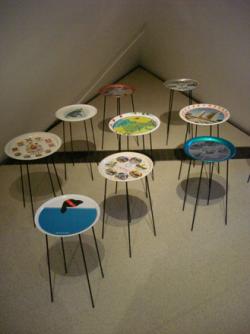
Side table by Michal Maciej Bartosik, after Mies van der Rohe, at Klaus by Nienkämper
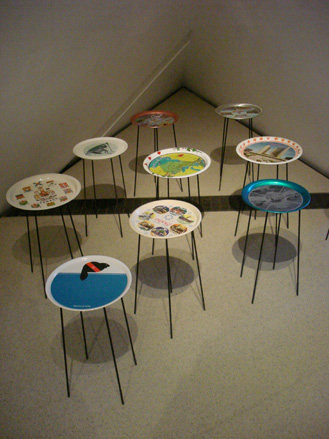
Tray Tables, 2007, by Todd Falkowsky, co-founder of Motherbrand who curated the Cut/Paste Creative Reuse in Canadian Design at the ROM
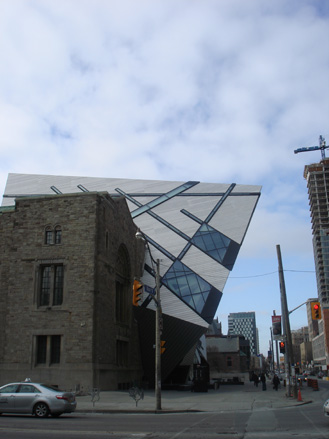
The Royal Ontariao Museum and its Libeskind extension, opened in 2007, which hosted the Cut/Paste exhibition curated by Motherbrand
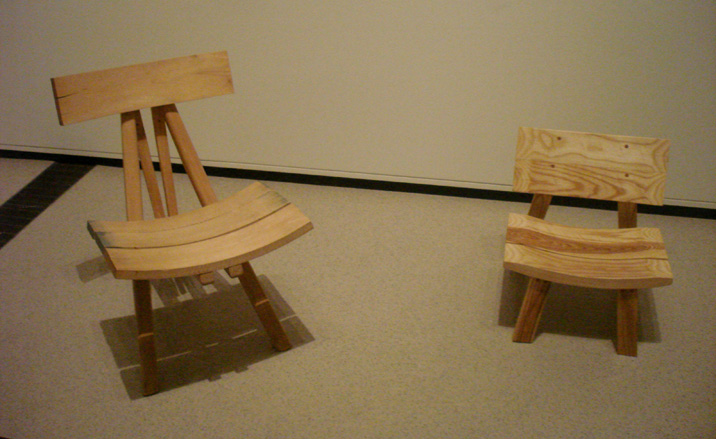
Chairs at Cut/Paste Creative Reuse in Canadian Design at the ROM
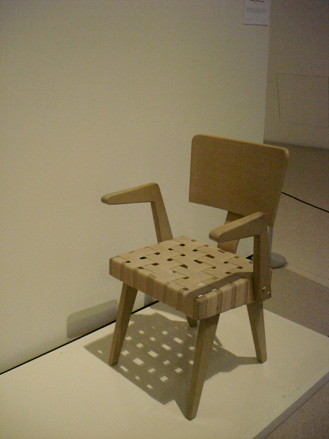
Ruspan Lounge Chair by Russel Spanner, designed in the 1950s, was made from wooden battery boxes – a designer’s repsonse to the problem of a factory failing post-war when its product was becoming obsolete
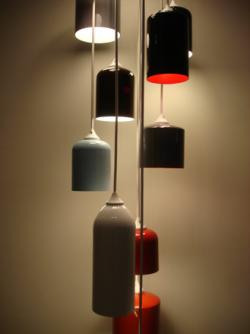
Tank Lighting by Castor – the latest piece from the local design duo is made from fire-extinguishers - at Cut/Paste Creative Reuse in Canadian Design at the ROM and also Ministry of the Interior, Ossington Avenue
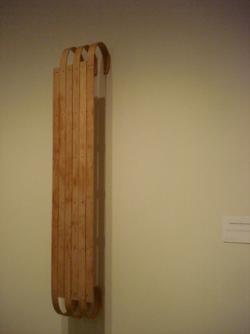
Toboggan Coffee Table, 2008, by Todd Falkowsky, co-founder of Motherbrand who curated the Cut/Paste exhibition at the ROM
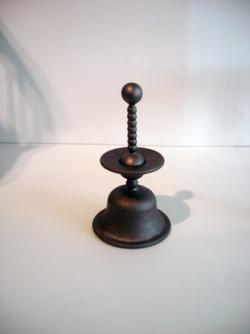
Pound – a pestle and mortar by Brent Cordner of Luflic – at the Heavy Metal Exhibition at Paul Petro Contemporary Art
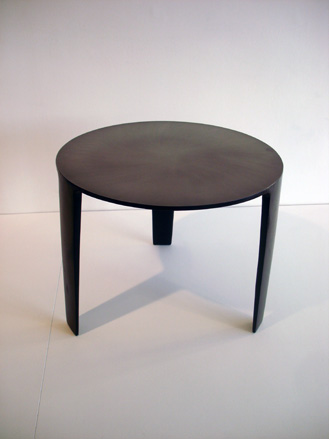
Cast Iron Table by Derek Mcleod Design – at the Heavy Metal Exhibition
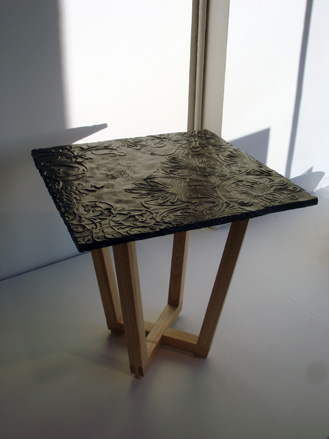
Relief, by Rob Southcott – at the Heavy Metal Exhibition
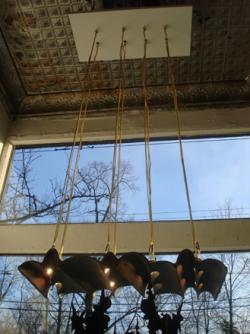
Heavy Light, by Dieter Janssen, at the Heavy Metal Exhibition
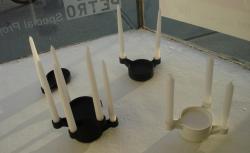
Array, by Jonathan Sabine of Mat Cult, at the Heavy Metal Exhibition
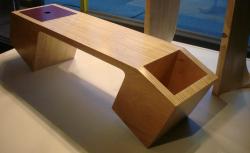
Works by Artist/Designer Al Groen, at Ministry of the Interior, Ossington Avenue
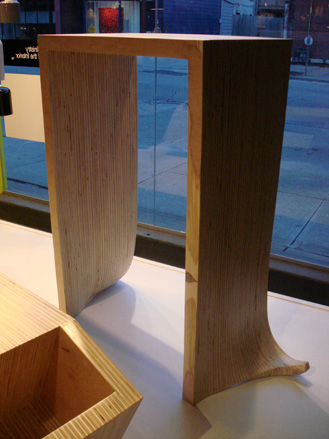
Works by Artist/Designer Al Groen, at Ministry of the Interior, Ossington Avenue
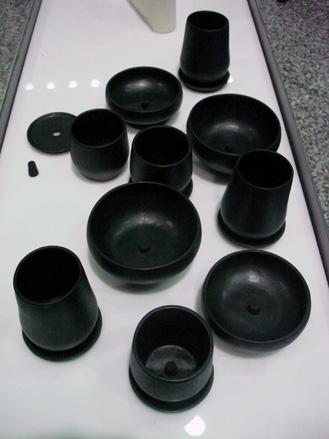
Community Vessels, by Erin McCutcheon, at Radiant Dark Assets and Values Exhibition curated by MADE
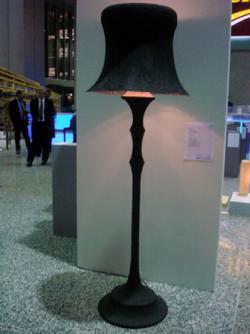
Newsworth standard lamp, made from newsprint and elastic mesh by Brent Cordner for Luflic, at Radiant Dark Assets and Values Exhibition curated by MADE
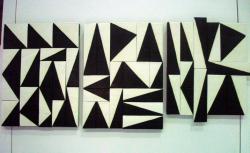
Ceramic Tile Quilt, by Jennifer Graham, at Radiant Dark Assets and Values Exhibition curated by MADE
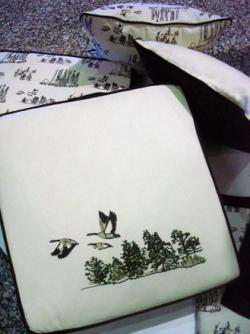
Textiles, inspired by Canada’s great outdoors (and reportedly 1970s sleeping bag linings), by Kerry Croghan at Radiant Dark Assets and Values Exhibition curated by MADE
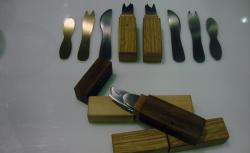
Silhouette Cutlery Series (poutine fork, icecream spoon, knife) in stainless steel and 14 carat gold, by Anneke Van Bommel, at Radiant Dark Assets and Values Exhibition curated by MADE
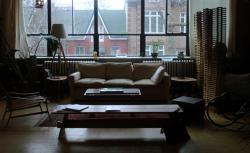
Atelier 668, home to Alex Jowett, where local design and craft is on display and for sale
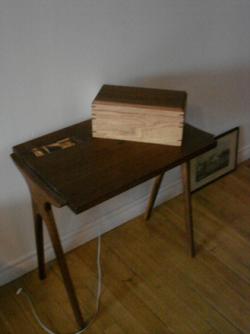
Table by Michael Greenwood, at Atelier 668
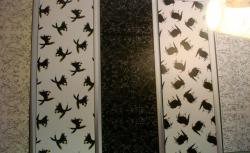
New wallpapers from British-born, Toronto-based artist-designer Julie Jenkinson at Inabstracto, Queen Street West
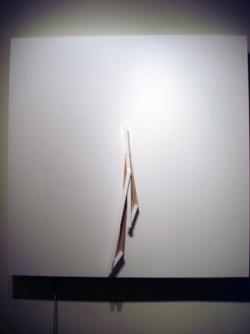
Oblique Time (‘Abstract time, Exactly’) by Tristan Zimmermann of Science and Sons – a moving sculpture that tells the time
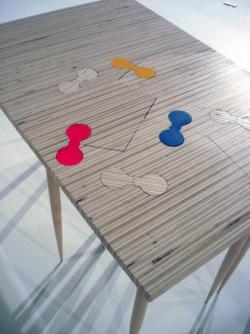
Fracture – a modular table by Tychotic Design at Prototype, Studio North, IDS
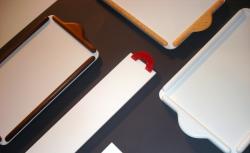
Trays made of Corian by Emil Design Studio, at Prototype, Studio North, IDS
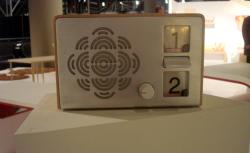
Radio Canada – a maple wood and aluminium radio designed for ‘home and native waves’, by Science and Sons at Prototype, Studio North, IDS
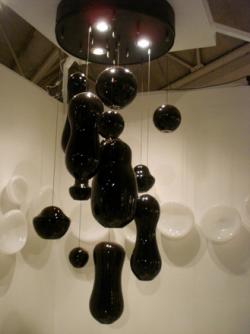
Chandelier by Tsunami Glassworks, at Studio North, IDS
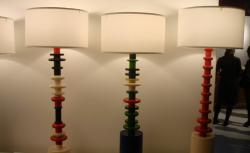
But-tee lamps, by Tahir Mahmood, at Studio North, IDS
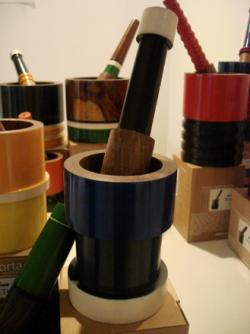
Pestle and mortars, by Tahir Mahmood, made of dalbergia sissoo wood, using an ancient technique of lathe-turning with resin colour application, at Studio North, IDS
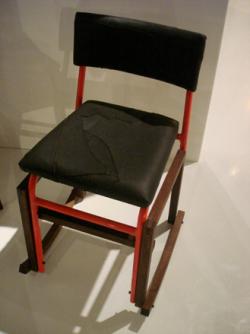
From the limited line of ‘salvaged school chairs’ by the Brothers Dressler, at Studio North, IDS
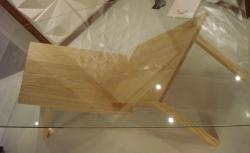
What Lies Beneath, Rob Southcott’s take on a coffee table at Studio North, IDS
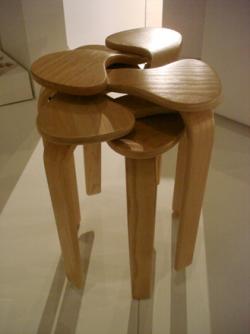
Orchid stacking stool made from bent ply white ash by Kevin Karst for Prototype, at Studio North, IDS
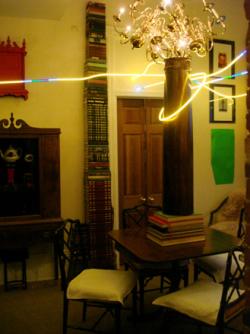
An installation by Bruno Billio (resident artist at the Gladstone Hotel) and Orest Tataryn (a light sculptor) at the Gladstone Hotel’s Come up to My Room exhibition, in which artists and designers collaborate to transform rooms
Rosa Bertoli was born in Udine, Italy, and now lives in London. Since 2014, she has been the Design Editor of Wallpaper*, where she oversees design content for the print and online editions, as well as special editorial projects. Through her role at Wallpaper*, she has written extensively about all areas of design. Rosa has been speaker and moderator for various design talks and conferences including London Craft Week, Maison & Objet, The Italian Cultural Institute (London), Clippings, Zaha Hadid Design, Kartell and Frieze Art Fair. Rosa has been on judging panels for the Chart Architecture Award, the Dutch Design Awards and the DesignGuild Marks. She has written for numerous English and Italian language publications, and worked as a content and communication consultant for fashion and design brands.
-
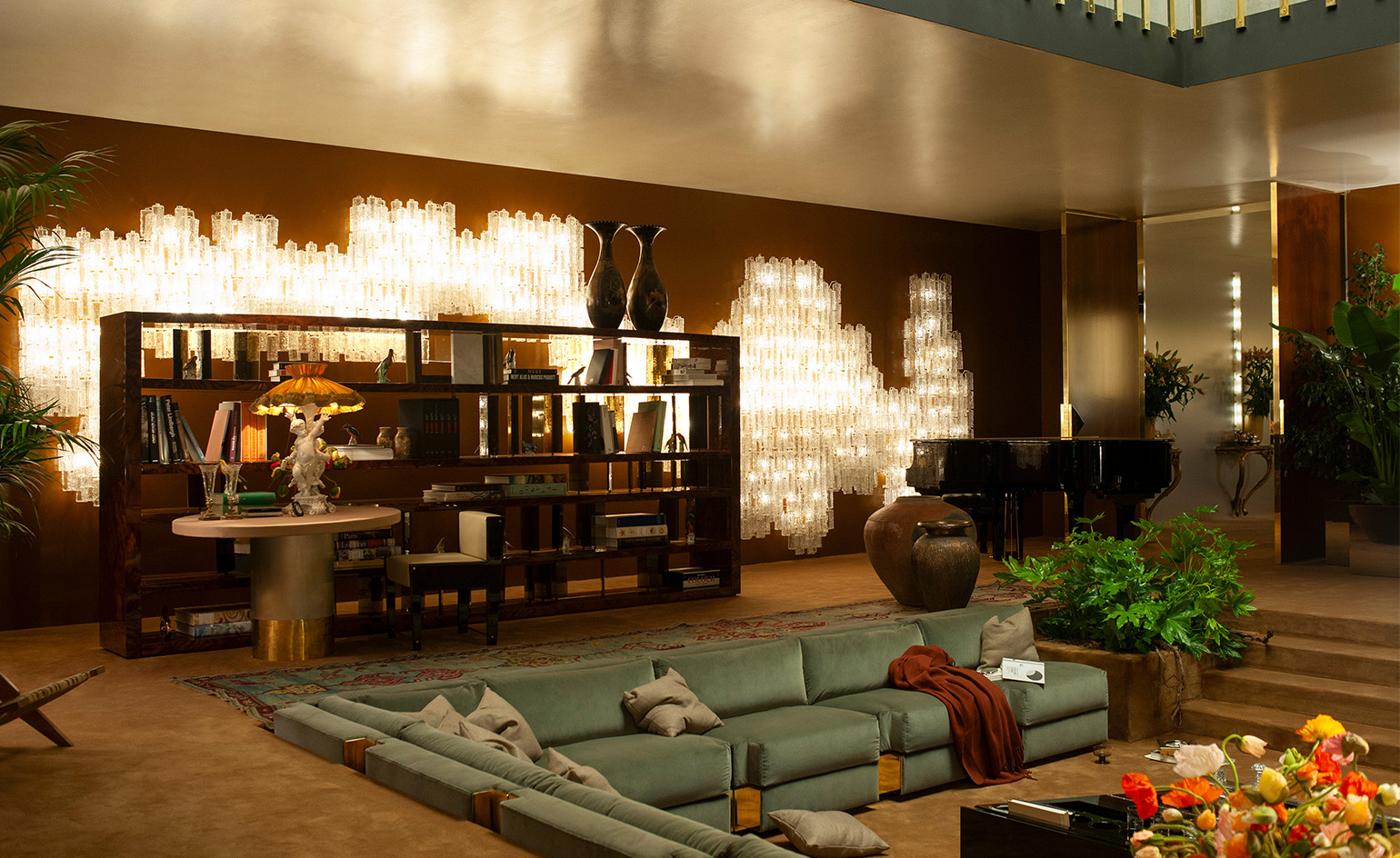 Dimoremilano and Loro Piana channel 1970s cinema in decadent Milan display
Dimoremilano and Loro Piana channel 1970s cinema in decadent Milan displayAt Milan Design Week 2025, Dimorestudio has directed and staged an immersive, film-inspired installation to present new furniture and decor for Loro Piana
By Dan Howarth Published
-
 The new Google Pixel 9a is a competent companion on the pathway to the world of AI
The new Google Pixel 9a is a competent companion on the pathway to the world of AIGoogle’s reputation for effective and efficient hardware is bolstered by the introduction of the new Pixel 9a, a mid-tier smartphone designed to endure
By Jonathan Bell Published
-
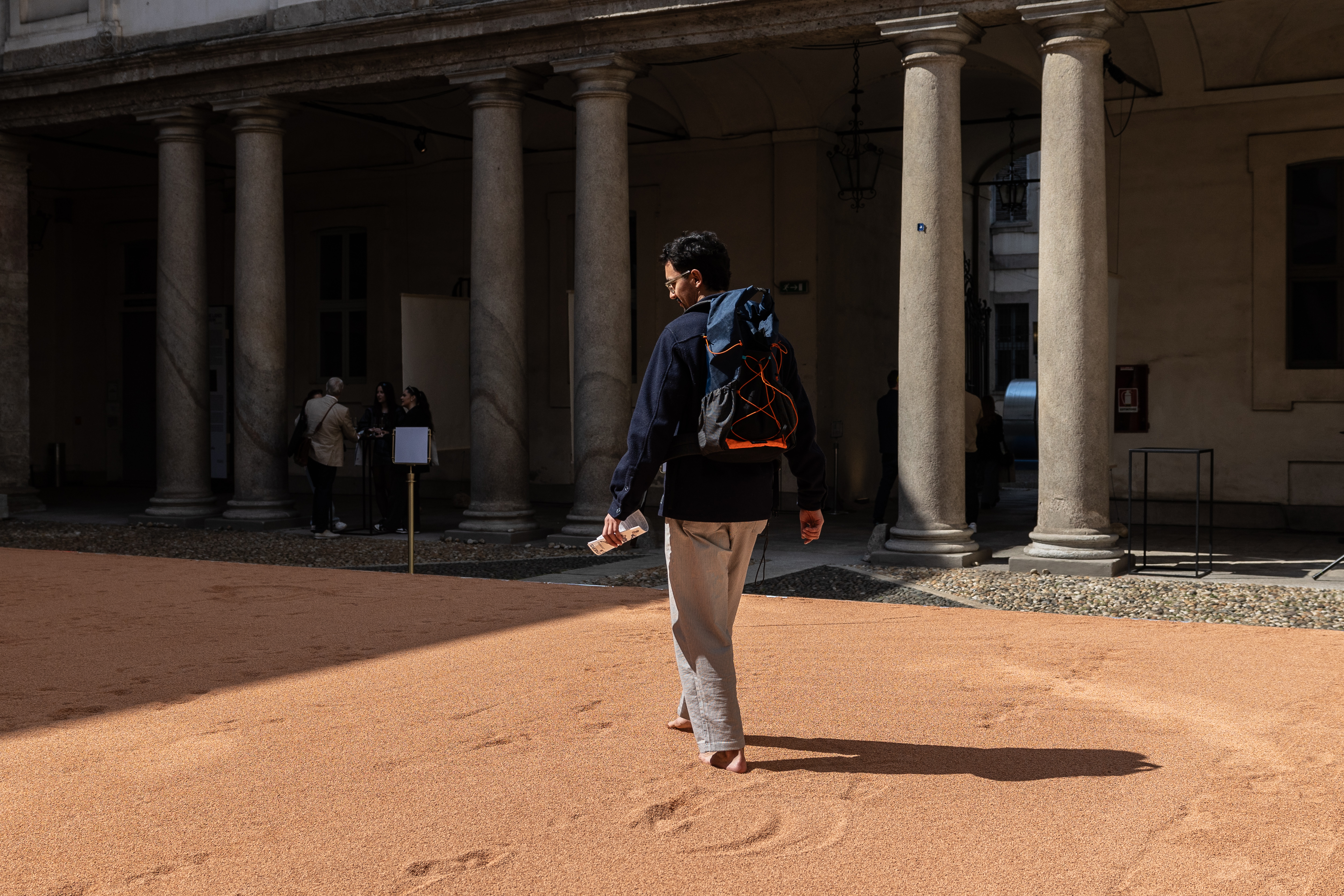 In Milan, MoscaPartners presents a poetic exploration of ‘migration’
In Milan, MoscaPartners presents a poetic exploration of ‘migration’Alongside immersive work by Byoung Cho, MoscaPartners’ Milan Design Week 2025 display features an accessible exhibition path designed for visually impaired visitors
By Cristina Kiran Piotti Published
-
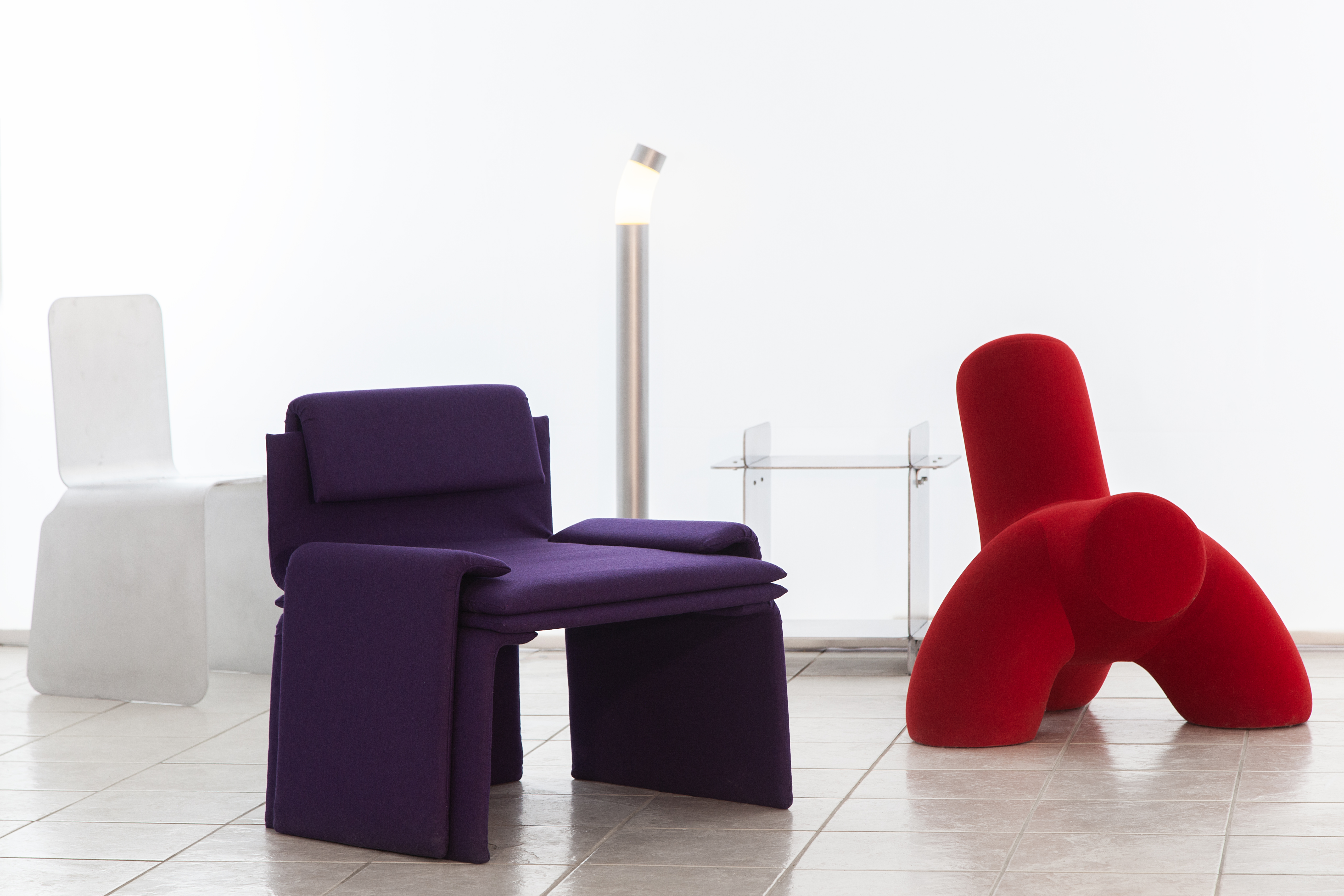 Toronto’s DesignTO 2025 highlights – design and art to see across the city
Toronto’s DesignTO 2025 highlights – design and art to see across the cityAt DesignTO, the largest festival of its kind in Canada, determined artists and designers gather in Toronto in full embrace of chilly weather. Our on-the-ground correspondent reports on its standout moments
By Keith Flanagan Published
-
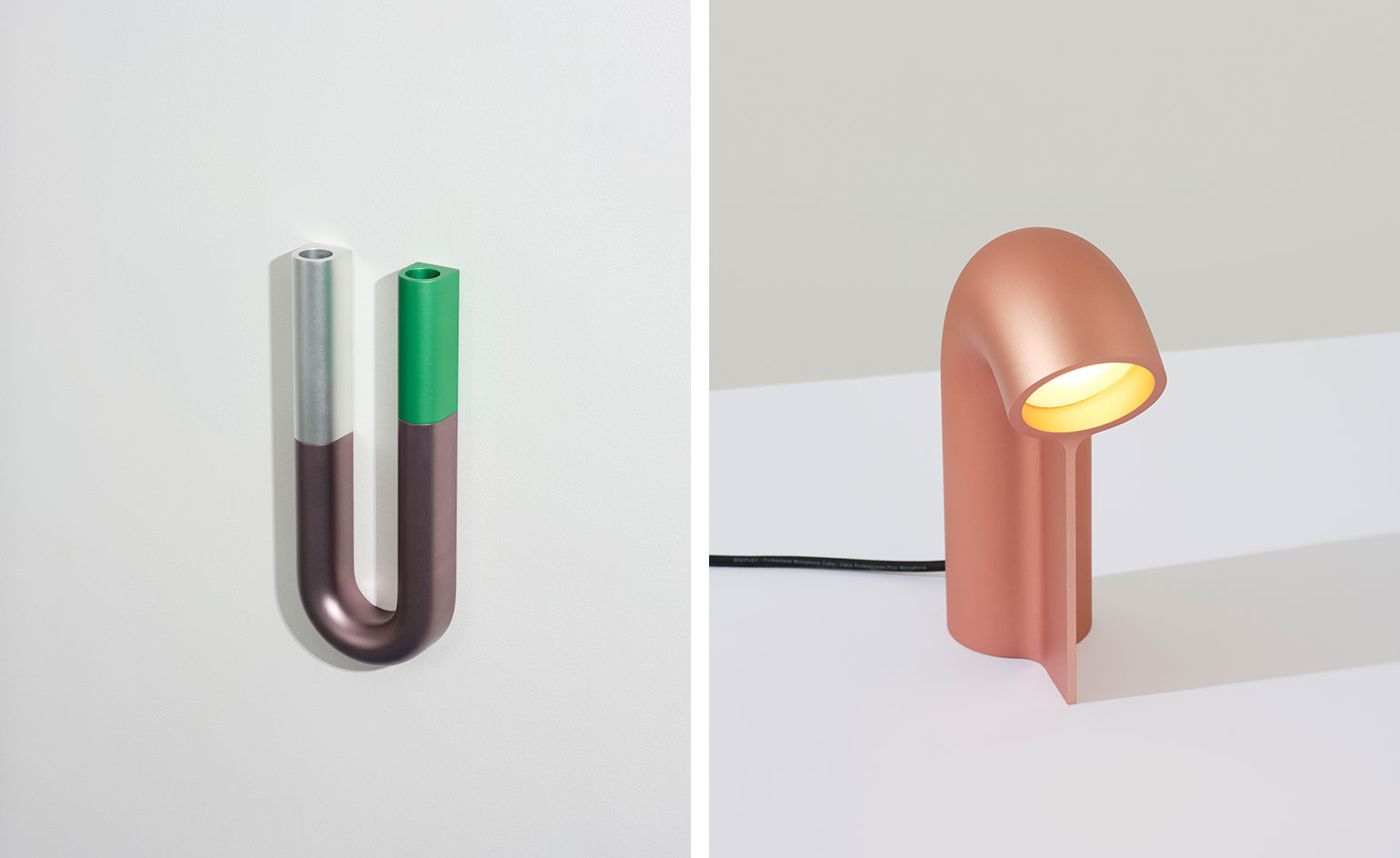 15 Canadian design talents test the boundaries of aluminium
15 Canadian design talents test the boundaries of aluminiumAluminium is centre stage for a new exhibition in Toronto showcasing how 15 Canadian talents mould and anodise the machined material
By Pei-Ru Keh Last updated